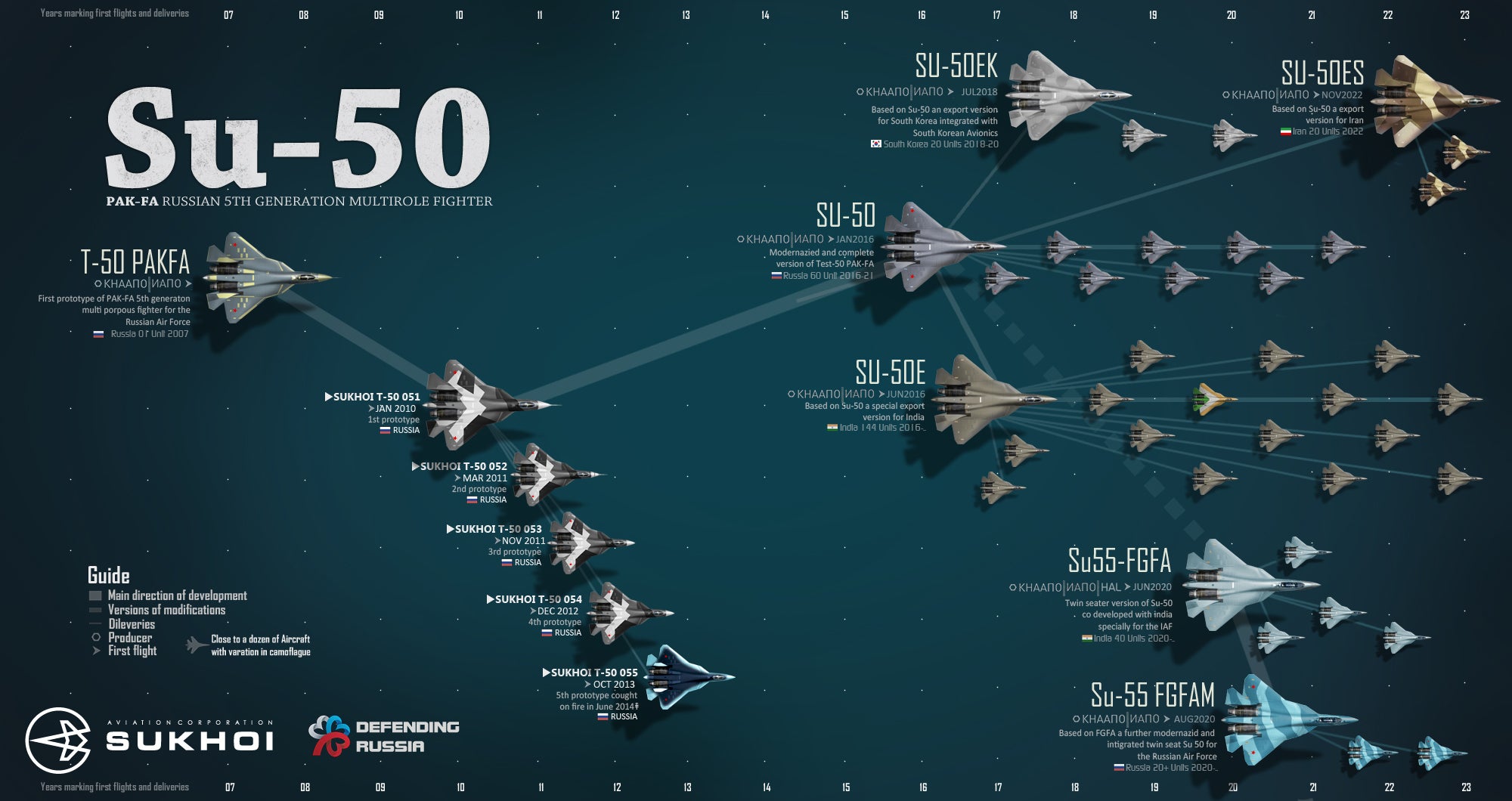Indos
PDF THINK TANK: ANALYST

- Joined
- Jul 25, 2013
- Messages
- 23,466
- Reaction score
- 24
- Country
- Location
KFX stalls after only one bidder meets development deadline
Jon Grevatt, Bangkok and James Hardy, London - IHS Jane's Defence Weekly
08 February 2015

Only one company has lodged a bid to develop the KFX aircraft, according to South Korea's defence procurement agency. Source: IHS/James Hardy
The Korean Fighter Experimental (KFX) aircraft programme stalled on 9 February when an insufficient number of companies lodged bids to secure a contract to complete development of the aircraft.
A spokesman from the country's military procurement agency - the Defense Acquisition Program Administration (DAPA) - told IHS Jane's that only one company had lodged a bid by the deadline.
This company is understood to be Korea Aerospace Industries (KAI), which is looking to undertake the KFX programme in collaboration with Lockheed Martin, with some of the work to be undertaken through defence offset attached to South Korea's programme to procure the F-35 Joint Strike Fighter.
The DAPA spokesman added that a second round of KFX bidding will start on 10 February and close at the end of the month. This bidding process will seek to encourage at least one other company to lodge a bid for the programme. South Korean procurement rules dictate that all defence development and manufacturing programmes must have at least two bidders.
South Korea's national airline Korean Air is reportedly preparing a bid in co-operation with Airbus, but did not lodge a proposal by the deadline. A DAPA official quoted by South Korea's Yonhap news agency said Korean Air is expected to lodge its bid before the end of February. Requests for comment from Korean Air and KAI were not answered.
Local media reports had also suggested Boeing might take part with a platform based on the F/A-18 Super Hornet. However, a Boeing spokesperson told IHS Jane's on 6 February that "at this time, we believe that the timing is not right to enter the bidding process for the KF-X programme. Should the time frame for this competition change in the future, Boeing would consider how our expertise in developing and manufacturing our portfolio of strike fighters could best apply".
KFX stalls after only one bidder meets development deadline - IHS Jane's 360
Jon Grevatt, Bangkok and James Hardy, London - IHS Jane's Defence Weekly
08 February 2015

Only one company has lodged a bid to develop the KFX aircraft, according to South Korea's defence procurement agency. Source: IHS/James Hardy
The Korean Fighter Experimental (KFX) aircraft programme stalled on 9 February when an insufficient number of companies lodged bids to secure a contract to complete development of the aircraft.
A spokesman from the country's military procurement agency - the Defense Acquisition Program Administration (DAPA) - told IHS Jane's that only one company had lodged a bid by the deadline.
This company is understood to be Korea Aerospace Industries (KAI), which is looking to undertake the KFX programme in collaboration with Lockheed Martin, with some of the work to be undertaken through defence offset attached to South Korea's programme to procure the F-35 Joint Strike Fighter.
The DAPA spokesman added that a second round of KFX bidding will start on 10 February and close at the end of the month. This bidding process will seek to encourage at least one other company to lodge a bid for the programme. South Korean procurement rules dictate that all defence development and manufacturing programmes must have at least two bidders.
South Korea's national airline Korean Air is reportedly preparing a bid in co-operation with Airbus, but did not lodge a proposal by the deadline. A DAPA official quoted by South Korea's Yonhap news agency said Korean Air is expected to lodge its bid before the end of February. Requests for comment from Korean Air and KAI were not answered.
Local media reports had also suggested Boeing might take part with a platform based on the F/A-18 Super Hornet. However, a Boeing spokesperson told IHS Jane's on 6 February that "at this time, we believe that the timing is not right to enter the bidding process for the KF-X programme. Should the time frame for this competition change in the future, Boeing would consider how our expertise in developing and manufacturing our portfolio of strike fighters could best apply".
KFX stalls after only one bidder meets development deadline - IHS Jane's 360






